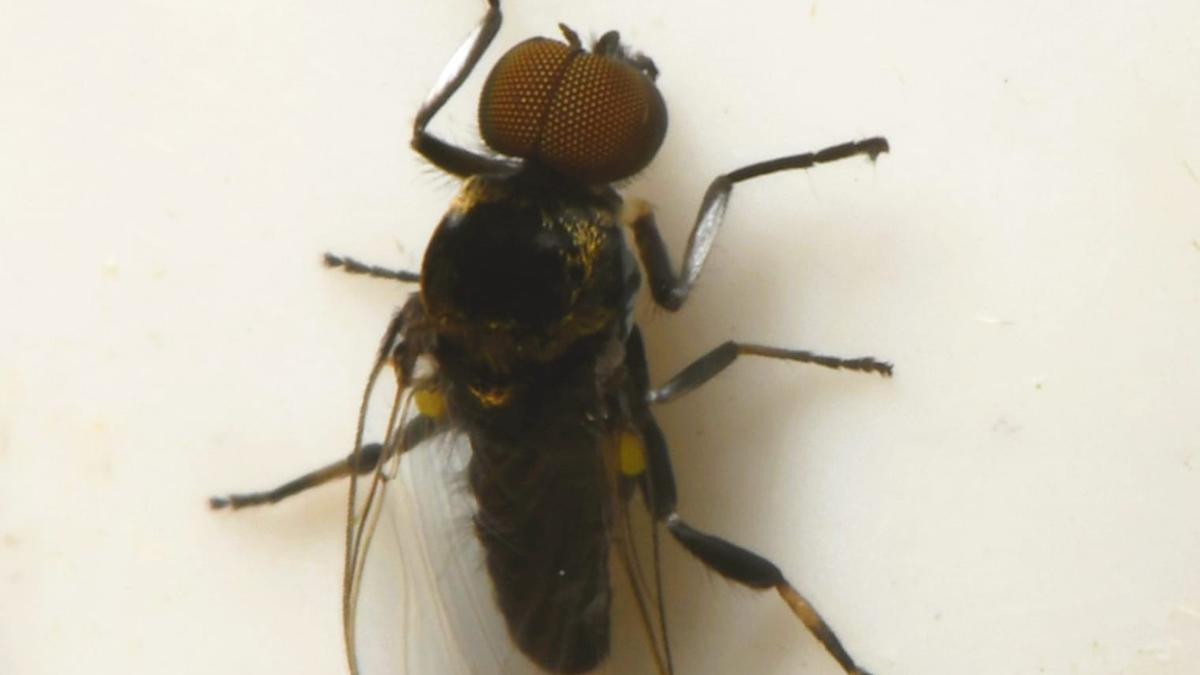DNA Barcoding for River Blindness Management
Recent developments in the study of blackflies have implications for managing river blindness, a serious parasitic disease. A team from the Zoological Survey of India has published findings in an international journal that highlight the importance of accurate species identification for effective control strategies.
About River Blindness
River blindness, or onchocerciasis, is caused by the parasitic worm Onchocerca volvulus. The disease is transmitted through the bites of infected blackflies, which breed in fast-flowing rivers. Symptoms include severe itching, skin conditions, and potential blindness. It is a leading cause of infection-related blindness globally.
The Role of Blackflies
Blackflies, particularly the Simuliidae family, are small and often go unnoticed. They are the primary vectors for transmitting the river blindness parasite. Accurate identification of blackfly species is essential. There are over 2,400 species of Simuliidae, but only a few transmit O. volvulus.
DNA Barcoding Methodology
The ZSI team utilised DNA barcoding to identify blackfly species. This technique involves extracting DNA from the blackflies and analysing specific gene sequences. Four species were identified – Simulium dentatum, Simulium digitatum, Simulium praelargum, and Simulium senile. This method improves identification accuracy compared to traditional visual methods.
Global Impact of Onchocerciasis
Onchocerciasis primarily affects rural populations in sub-Saharan Africa and Yemen. Over 249 million people required preventive treatment in 2023. The World Health Organisation has documented progress in eliminating the disease in several countries, showcasing the potential for successful intervention strategies.
Treatment and Prevention Strategies
The primary treatment for onchocerciasis is ivermectin, distributed through mass drug administration (MDA) programmes. Successful control efforts have been implemented in various regions, leading to the establishment of National Onchocerciasis Elimination Committees. These committees focus on sustainable treatment and vector control strategies.
Month: Current Affairs - April, 2025
Category: Science & Technology Current Affairs








